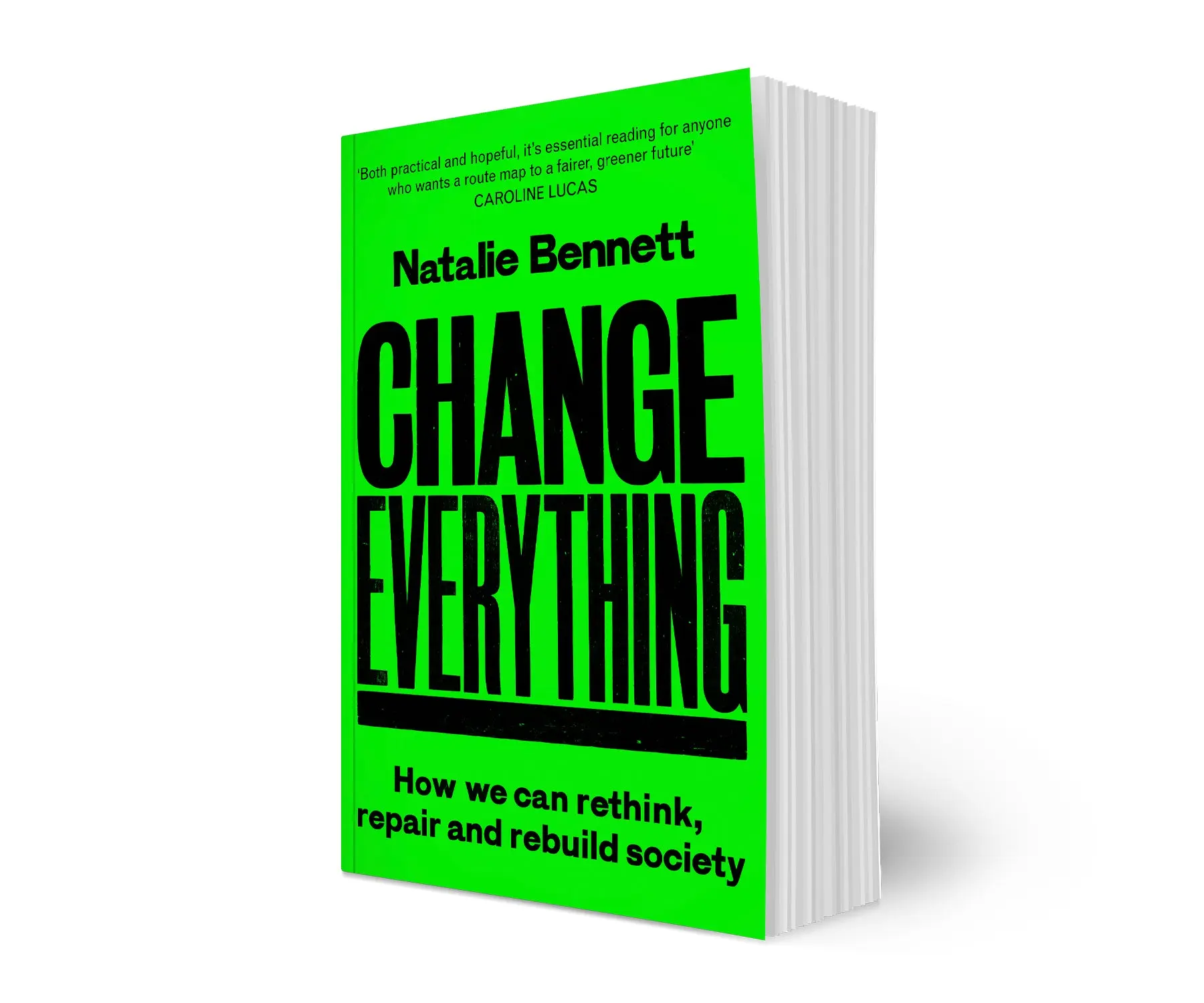Had cause yesterday visit the shiny new University College London, completed less than a year ago, which I look out at from my window every morning,(and have a nice little haematoma in my arm to to prove it). It left me reflecting anew on how really, really poor most architects are, particularly at getting the details right for human and environmental issues. (The weird sickly green colour of the outside of the building is another subject altogether.)
Sure it has a lovely airy atrium – that’s well enough (although the fancy main electronic door was out of order, in a rather permanent-looking way – so you had to push open the heavy side doors. I can’t imagine how little old ladies on sticks manage that, since they are seriously heavy.)
Most of the main out-patient facilities are on the first and second floor, sensibly enough, but when I approached reception I was directed to “lift to the left”. So, wholly unnecessarily, I took one of the large bank of lifts up one floor, with a flood of other people.
As you’d expect in a hospital a good percentage of these were frail aged, in wheelchairs, on crutches etc – people who needed the lift. But a majority of them were like me – people who had no need for lift, whose health would have benefited from the stairs.
Out of curiosity on the way out I went looking for them. It was a serpentine path, through several sets of doors, having to dodge trolleys outside the lifts dedicated to them. And the stairs are already dingy and uninviting. They might as well have a sign on them “Don’t Use Me!” There were no more than half a dozen people on them, all staff.
This is what you call designing to damage the environment and public health. Put the lift beside the stairs – stairs first in most people’s path – and you help both. It isn’t rocket science. (And in buildings that aren’t hospitals, hide the lifts and make the stairs highly prominent.)

 About
About